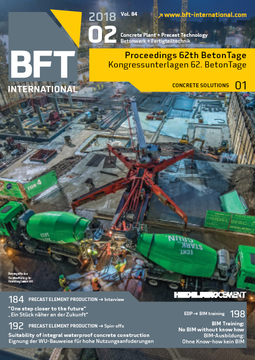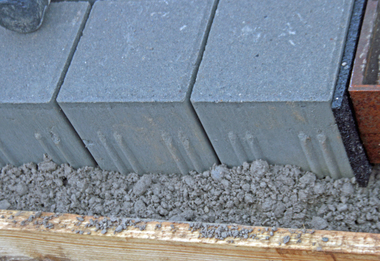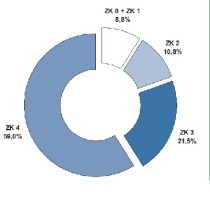Current developments in FGSV rules and regulations
In transport infrastructure and road construction, the ZTV E-StB 09 (Zusätzliche Technische Vertragsbedingungen und Richtlinien für Erdarbeiten im Straßenbau; Supplementary Technical Conditions of Contract and Guidelines for Earthworks in Road Construction) [1] and ZTV A-StB 12 (Zusätzliche Technische Vertragsbedingungen und Richtlinien für Aufgrabungen in Verkehrsflächen; Supplementary Technical Conditions of Contract and Guidelines for Excavations in Traffic Areas) [2] need to be complied with for earthmoving operations and excavations in traffic areas, respectively. In the editions cited above, the two specifications refer to the use of “temporarily flowable, self-compacting backfilling materials; flowable fill” (zeitweise fließfähige, selbstverdichtende Verfüllbaustoffe; ZfsV; Flüssigboden). Although these regulations permit the use of flowable fill, the requirements placed on its use are inadequate and too vague. This gap was filled in 2012 by the FGSV Hinweise ZfsV (notes on flowable fill published by the German Research Association for Roads and Traffic) [3].
Within the framework of the revised ZTV E-StB 17, comprehensive account is taken of flowable fill. Information is provided on amendments in the current edition of the ZTV E-StB 17 related to the use of flowable fill.
The FGSV Hinweise ZfsV (notes on flowable fill published by the German Research Association for Roads and Traffic) [3] are presently being revised and translated into an FGSV code of practice. A testing procedure for testing the liquid limit of flowable fill (visco-balance) developed by Professor Quarg-Vonscheid will be integrated into the rules and regulations as part of this process. The measurement results are used to assess the sedimentation resis-tance, to determine the earliest (stability of the trench walls) and latest (stagnation) point in time for extracting the shoring, and to design the buoyancy. The testing procedure will be presented and explained in some detail. In addition, an outline will be provided of the developments in the FGSV code of practice on flowable fill.
Flowable fill has also gained entrance into other rules and regulations outside the FGSV which are essential for the use of this backfilling material. Additional information will be provided on this subject.







